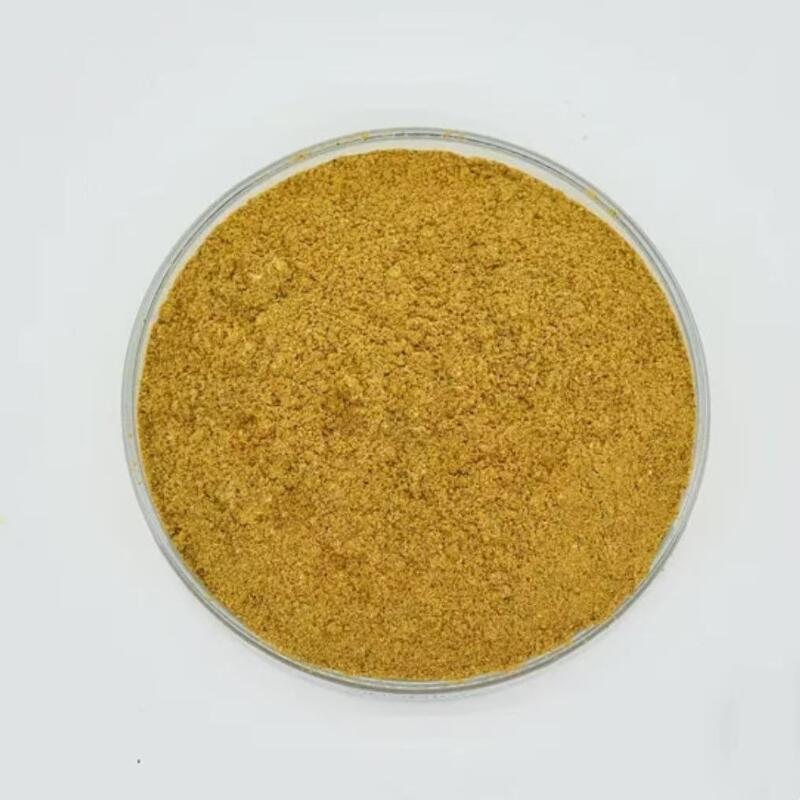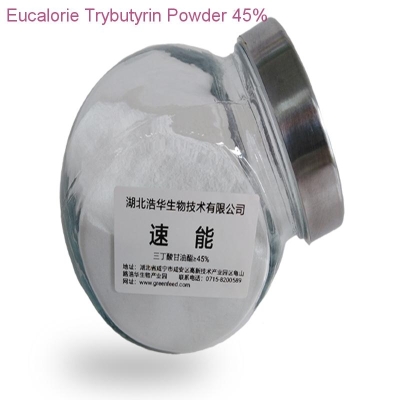-
Categories
-
Pharmaceutical Intermediates
-
Active Pharmaceutical Ingredients
-
Food Additives
- Industrial Coatings
- Agrochemicals
- Dyes and Pigments
- Surfactant
- Flavors and Fragrances
- Chemical Reagents
- Catalyst and Auxiliary
- Natural Products
- Inorganic Chemistry
-
Organic Chemistry
-
Biochemical Engineering
- Analytical Chemistry
-
Cosmetic Ingredient
- Water Treatment Chemical
-
Pharmaceutical Intermediates
Promotion
ECHEMI Mall
Wholesale
Weekly Price
Exhibition
News
-
Trade Service
Bacillus subtilis is a gram-positive, rod-shaped bacterium that is widely used in the chemical industry for the production of enzymes, antibiotics, and other bioproducts.
The production process of Bacillus subtilis involves cultivation, harvesting, and processing of the bacteria to extract the desired bioproducts.
Cultivation:
The first step in the production process of Bacillus subtilis is cultivation.
The bacteria are grown in a suitable medium, typically a nutrient-rich broth or agar plate, in a controlled environment such as a laboratory or industrial fermenter.
The growth conditions, including temperature, pH, and nutrient concentration, are optimized to maximize the yield of the desired bioproduct.
Harvesting:
Once the bacteria have grown to sufficient numbers, they are harvested from the cultivation medium.
This can be done by centrifugation, which separates the bacteria from the culture broth, or by filtration, which separates the bacteria from the agar plate.
The harvested bacteria are then washed and disrupted to release the intracellular bioproducts.
Processing:
The intracellular bioproducts are then extracted from the bacteria using various methods, depending on the specific bioproduct being produced.
For example, if the goal is to produce an enzyme, the bacteria may be lysed using heat, high pressure, or chemicals, to release the enzymes into the surrounding medium.
If the goal is to produce an antibiotic, the bacteria may be grown in the presence of the antibiotic, and the antibiotic can then be extracted from the culture broth or isolated from the bacteria.
Purification:
The extracted bioproducts are often not pure enough for use in their desired applications, and therefore must be purified.
Purification methods include chromatography, filtration, and precipitation, among others.
The desired bioproduct is separated from other components of the culture broth or agar plate, and can then be collected and used for further processing or formulation into a final product.
Quality Control:
To ensure the quality and safety of the bioproducts, the final products are tested for various characteristics, including purity,activity, and stability.
This can be done using various techniques, such as spectroscopy, chromatography, and microbiological assays.
The products are also tested for any potential contaminants or impurities that could affect their efficacy or safety.
Automation:
As the production process of Bacillus subtilis becomes more industrialized, automation is increasingly being used to increase efficiency and consistency.
Automated systems can be used for tasks such as feeding and monitoring the growth of the bacteria, controlling the fermentation conditions, and isolating and purifying the bioproducts.
Automation can also help to reduce the risk of contamination and improve the overall sterility of the production process.
Future Developments:
The production process of Bacillus subtilis is constantly evolving, as researchers and chemical engineers seek to improve the efficiency, yield, and purity of the bioproducts.
Research is ongoing into new methods for cultivation, harvesting, and processing the bacteria, as well as new purification and formulation techniques.
In addition, there is a growing focus on sustainable and environmentally-friendly production methods, such as the use of renewable biomass as a substrate for Bacillus subtilis cultivation.
Overall, the production process of Bacillus subtilis is a complex and multifaceted process that involves cultivation, harvesting, processing, and purification of the bacteria to extract the desired bioproducts.
With the continued development of new technologies and methods, the production process is likely to become even more efficient and effective in the future.







